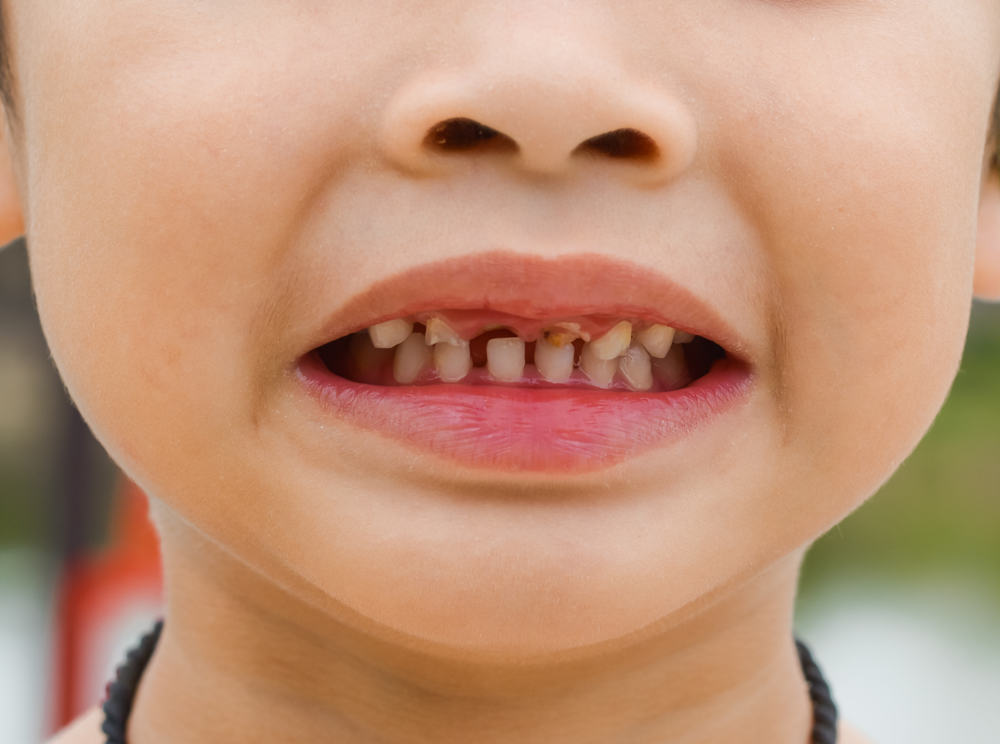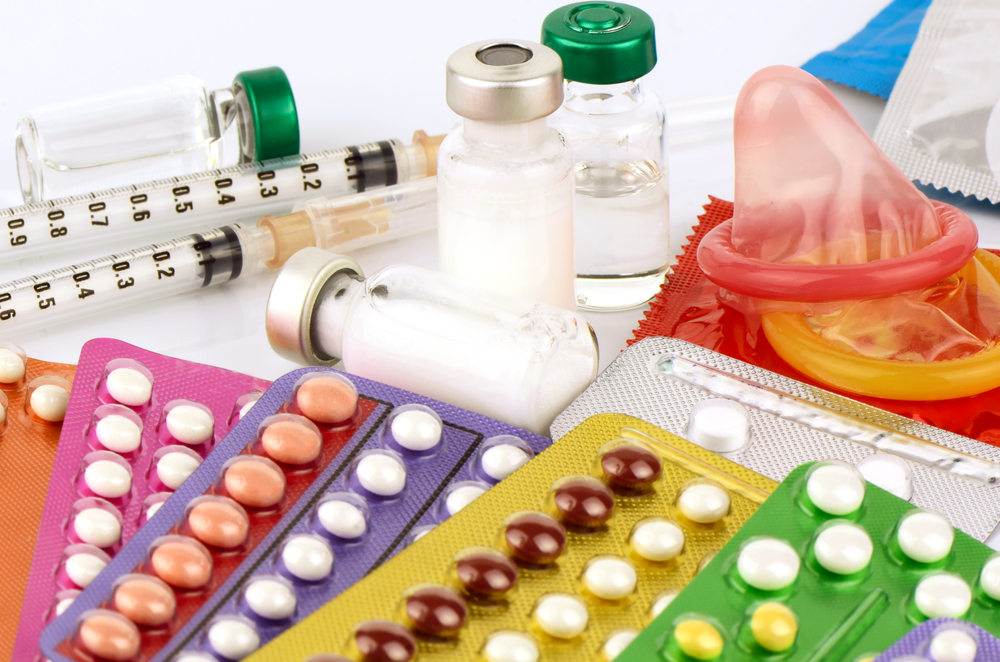Contents:
- Medical Video: Teaching Kids About the Causes & Effects of Cavities : Dental Health
- Tooth decay in children and its causes
- 1. Dental problems caused by milk bottles (baby-bottle mouth)
- 2. Cavities or dental caries
- 3. Gingivitis (inflammation of the gums)
- How to prevent damage to a child's teeth?
Medical Video: Teaching Kids About the Causes & Effects of Cavities : Dental Health
Does your child's teeth experience discoloration, such as white or yellow spots on the teeth? Be careful, it can be a sign your child will experience dental problems. Tooth problems are often experienced by children. The habit that likes sweet foods and is not yet used to brushing teeth regularly can be a cause of tooth decay in many children.
Tooth decay in children and its causes
Here are some problems with your child's teeth and their causes.
1. Dental problems caused by milk bottles (baby-bottle mouth)
Constantly drinking milk with a bottle can cause tooth decay in your child. Especially if you do it while sleeping, this will make the teeth quickly damaged. Drinking milk from a bottle in a sleeping position may be comfortable for babies. But, be careful if this is done for hours, can endanger the baby's teeth. When milk sticks or stagnates around the teeth for quite a long time, it can make teeth vulnerable to bacteria and acids. Milk contains sugar which is food for bacteria. If milk sugar sticks to the teeth, this means giving food to the bacteria to multiply in the teeth so that the teeth become hollow.
Parents can help children set a special time to drink milk every day because drinking milk from a bottle throughout the day can damage milk teeth. If the child has grown up, it never hurts to teach him to drink milk with a glass. It would be better to practice motor skills and child coordination.
The upper front teeth are the most vulnerable to damage. Always pay attention to your child's front teeth, if there are any signs of tooth decay, such as white or yellow spots on your child's teeth, you should immediately take your child to the dentist. If left untreated, tooth decay in children can cause children to get sick and make it difficult for children to chew food.
2. Cavities or dental caries
Cavities occur when bacteria gnaw at tooth enamel causing decay and eventually cavities. Food left in your teeth and not cleaned can cause this problem. The food that attaches to the tooth eventually becomes food for bacteria to multiply. The acid then collects on the teeth, softens the enamel on the teeth, and finally the teeth become hollow. This hole will be bigger if not treated immediately. If left unchecked, holes in the child's milk teeth can move to the child's permanent teeth.
Milk teeth determine the space for permanent teeth to grow. If the milk teeth are damaged, they cannot help the permanent teeth to grow in the right position. This can cause teeth to overlap or tilt. Cavities can cause the teeth to swell and can cause the possibility of the infection to spread elsewhere. Cavities can be characterized by white or yellow spots on the teeth. Check with your dentist immediately.
3. Gingivitis (inflammation of the gums)
Many children also experience dental problems called gingivitis. Gingivitis is the first stage of gum disease. Gingivitis can be caused because children often eat snacks that can damage teeth, such as chocolate and sweets, and are exacerbated by bad habits of brushing teeth. Other causes of gingivitis, namely too much plaque on the teeth, bacteria stick to the teeth and breed followed by not being used to brushing teeth regularly. If your child's gums are swollen, inflamed, or bleeding after brushing your teeth, you should immediately see a doctor because you fear that your child has gingivitis.
How to prevent damage to a child's teeth?
Children's dental care should begin before the first tooth appears. Even though the teeth aren't visible, it doesn't mean your child's teeth aren't there. Actually, the teeth have begun to form in the second trimester of pregnancy. At birth, your baby will have 20 main teeth, which are still fully developed in the jaw.
The following is a way to treat your child's teeth from those small.
- After your child's teeth appear, you should brush your teeth gently. You can do it with a baby toothbrush and water. If your child is a little older and understands not to swallow toothpaste. Can be added by using a little toothpaste containing fluoride.
- When a child has grown up and begins to understand how to brush his teeth, around the age of 2 years, you can teach your child to spit foam that appears when brushing teeth. Avoid children swallowing toothpaste.
- Around the age of 3, you can give it fluoride toothpaste the size of a bean. Make sure the child can get enough fluoride to protect the child's teeth from acid. Don't have too much fluoride in your child's toothpaste because it's not good for your child's dental health.
- Familiarize children to always brush their teeth twice a day regularly, namely after breakfast and before going to bed. And don't forget to keep an eye on your child when brushing their own teeth, especially those who are less than 6 years old.
- Limit children from eating sweet foods because they can erode the enamel and cause the child's teeth to become hollow. Familiarize children to always brush their teeth after eating sweet foods so that the sugar in the food does not stick to the teeth and cavities can be avoided.
READ ALSO
- 5 Ways to Care for Cavities
- Breastfeeding turns out to be beneficial for children's dental health
- Tips for Children Not Addicted to Sweet Food












